Wolf Dogs vs. Wolf Hybrids: What’s the Difference?
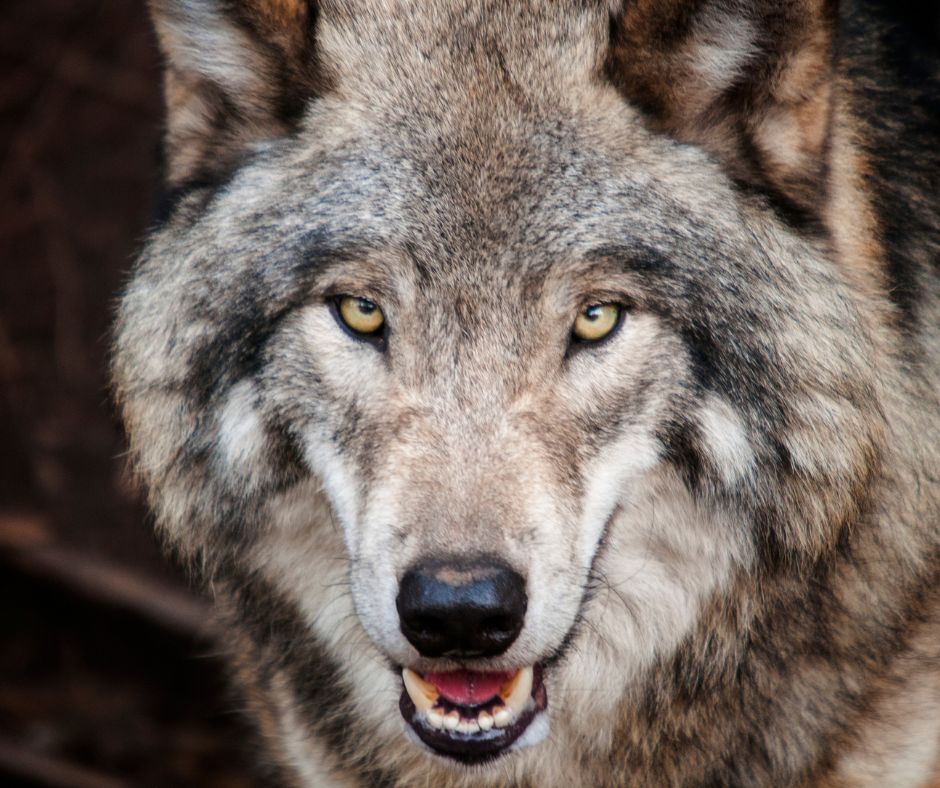
The mystery of wolf-like creatures has intrigued us since antiquity. From ancient folklore to modern-day film, people have been fascinated by these canines with distinct wolf dispositions.
But regardless of our curiosity, many don’t fully understand the difference between Wolf Dogs and Wolf Hybrids—two species that share a close genetic relationship.
To gain a better understanding, we’ll explore the components surrounding each creature, including their behavioral patterns and DNA composition.
Table of Contents
ToggleUnderstanding Wolf Bloodline
The “Filial Generation Number,” is an important concept to understand regarding wolf dogs and wolf hybrids. Filial Generation Number (F1 – F5) indicates how many generations away from a full-blooded ancestor an animal currently is—so F1 is the direct offspring of a reproduction between a dog or wolfdog and a pure wolf. Then as you progress through F2 and higher generations, the number indicates how many generations removed the individual is from being pure wolf. Meaning, F5 would be five generations away from being 100% purebred wolf.
Amazingly, with each further generation away from the original cross, some individuals can still have an overall wild-like appearance. However, this is typically the result of selective breeding, where only the most favorable genes have been chosen throughout previous generations, such as fur, nails, eyes, mannerisms, physical movements, and so on.
Wolf dog “Content” Explained
In order for us to understand how much “wolf” any particular animal has in its lineage, we need to look at something called “content,” which is simply the percentage of purebred wolf genes present within an animal’s genealogy or DNA test results. The higher the percentage—the more purebred wolf genes an animal has.
While the exact percentage varies, most wolf dogs fall into one of three categories based on the amount of wolf DNA they have:
High-Content Wolf Dogs
High-content wolfdogs have over 80% wolf DNA. The higher the percentage goes, the more that the canine starts to mirror a wolf—in both appearance and behavior. Once reaching 95%, the phenotypic characteristics become almost indistinguishable from a wolf.
Mid-content wolfdogs
Mid-content wolfdogs have between 50% and 80% wolf DNA. Mid-content wolf dogs can vary significantly in terms of their physical and behavioral characteristics. The extent of dog-like traits is especially variable, as some mid-content wolf dogs may appear more like a fully domesticated canine than a wolf. While the percentage of content of their genetics sometimes indicates how strong these traits may be, it doesn’t always accurately predict the unique attributes of individual medium contents.
Low-content wolfdogs
Generally, this type of dog is 50% or lower wolf DNA, meaning that their temperament and inherent behaviors typically reflect more closely those of a domestic dog. Although they possess some physical characteristics inherited from their wolf ancestors.
While official categorization is helpful for understanding the range of variation within the wolfdog population, it’s important to remember that there is significant individual variation within each category.
It’s also important to note that wolf genes almost always have a larger influence than their bloodlines in shaping who they become…
The difference between a wolf dog and a wolf hybrid
Many people throw around the word “wolf hybrid” when they see a dog that looks a little bit like a wolf, but in reality, very few dogs actually qualify as a true wolf hybrid. True wolf hybrids are extremely rare.
What is a Wolf Hybrid?
A wolf hybrid is a cross between a pure wolf and a domestic dog OR a pure wolf and a wolf dog.
This can be accomplished by breeding a pure wolf with another species of domestic dog, like German shepherds, Alaskan Malamute or Husky, and producing offspring who have traits from both parents.
The result is what is called an F1 cross or first-generation wolf hybrid. In order for an F1 match to occur, the pure wolf must usually be kept in captivity.
What is A Wolf Dog?
A wolf dog is the multi-generational selective breeding of a wolf dog to another wolf dog OR wolf dog to a domesitc dog.
The vast majority of wolf dogs are actually 2, 3, or 4 generations removed from a pure wolf. In other words, their lineage includes one or more dogs between the pure wolf and the wolf dog.
Generations of descendants crossing between wolves and dogs produce offspring that are successively less wolf-like in appearance and behavior.
The Czechoslovakian Wolfdog is a good example. It is an officially recognized breed of dog that has wolf in its genes. This doesn’t mean that it has 50% actual wolf blood, as one might assume—it’s important to bear in mind the difference between the percentage of actual wolf blood and the percentage of wolf genes present.
For example, the first-generation offspring from a mating between a wolf and a German Shepherd have 50% actual wolf blood at birth, but this steadily decreases with each generation. Now, the Czechoslovakian Wolfdog only possesses around 0.55% actual wolf blood.
The beauty of wolfdogs is that they can exhibit a range of physical and behavioral traits depending on their individual mix of canine genetics. Some may appear to be more ‘wolf-like’ in their actions, while others can display much more familiar ‘doggy’ character traits.
Wolf Dog Characteristics
Determining the percentages of a wolfdog’s DNA can be incredibly helpful, especially when it comes to understanding a potential pup’s physical characteristics and behavior. These percentages also have an influence on the temperament of the animal, directly impacting how people interact with their wolf pup.
High-Content Wolf Dogs
High-content wolfdogs have a number of distinguishing behavioral characteristics that make them interesting. They exhibit traits similar to those found in pure wolves, including alertness, and possessiveness; all traits that are essential for survival in the wild.
What really sets them apart is their sensitivity to their environment, their stubbornness and their autonomous nature making them less likely to want to please their humans such as we find with domestic breeds.
High contents also typically display a strong neophobia when something unknown or unusual is presented. Their communication also tends to be vocalized through growling as opposed to relying on eye contact or body language—common methods of communication seen in domesticated breeds.
Additionally, high content Wolf dogs are often prone to claustrophobia so any situations that confine them should be handled with special care.
High-content Wolves dogs are incredibly intelligent and strong-willed animals. They require a lot of time and patience in order to be trained properly—including reinforcing positive behaviors, socialization, obedience and self-control. Properly harnessing their energy can take a lot of hard work, but when done correctly it can result in remarkable abilities.
Not only do these animals come with instinctual abilities that make for fantastic companions if raised properly, but they are also incredibly loyal.
Mid-Content Wolf Dogs
Mid-content wolf dogs possess a unique combination of traits that sets them apart from high-content wolf dogs and domesticated canine breeds. They demonstrate a level of intensity and sensitivity that falls somewhere between the two, making them capable of connecting with humans while still retaining wild characteristics.
In order to ensure they grow up to become balanced and well-adjusted family companions, mid-content wolf dogs require socialization and education, though their temperament may often prove more docile and collaborative compared to high-content wolf dogs.
Mid Content wolf dogs will need an owner that will actively work on bonding with them and developing a level of trust. To do this successfully, it is important to focus on mitigating any shyness these animals may possess, controlling any predatory behaviors, and building a routine that can help avoid the onset of separation anxiety.
In addition to committing to establishing a trusting bond with the animal, it is absolutely critical that outdoor enclosures or escape-proof yards (equipped with lean-ins and anti-digging) be established to protect both themselves and their neighbors in the local area. This same advice should be followed when considering adopting any high-content wolf dogs.
Low-Content Wolf Dogs
Low-content wolfdogs exhibit very few of the characteristics we typically associate with wolves, and have the companionability and intelligence we look for in a domestic dog. They are quite adaptable to their environment, as well as more docile and sociable than their high or mid-content counterparts.
This does not mean that they don’t need proper socialization and education, however. Low contents can still be quite a challenge for those accustomed to dealing with traditional dog breeds when it comes to caring for them, training them, and forming attachments with them.
DNA Testing
Though many dog owners may believe that their dog has some wolf in them based on appearance or behaviors, the only official way to know for sure is through an Embark DNA test.
In order to determine whether an animal has wolf ancestry, a DNA test can be conducted. The test is simple to administer; the dog owner simply collects a sample of the dog’s saliva using the provided kit and mails it back to the company for analysis. The results are then returned in about two weeks.
Embark’s ancestry test is based on the world’s largest database of canine DNA, which includes over 250 breeds. This means that their results are highly accurate and backed by science.
In addition to revealing your dog’s genetic history, Embark’s test can also provide information about health conditions that your dog may be at risk for. This can help you to make informed decisions about your dog’s care and help them to stay healthy and happy.
Should you keep a wolf dog as a pet?
Wolf dogs are beautiful, intelligent, lovable bundles of energy that can make great companions, however, wolf dogs are not exactly like domestic dogs.
Wolf dogs are large and powerful and require a lot of exercise and space to roam, which isn’t always possible in a typical home or yard. If left alone for too long, wolf dogs may become bored and destructive. And because of their size and strength, they can easily escape from traditional fences.
Before making the commitment to own a wolf dog, potential owners should do their research to ensure that they are prepared to provide the animal with the care and attention it needs. Wolf dogs are a high-maintenance breed, and they require a dedicated owner who is willing to invest the time and energy necessary to meet their needs.
We feel fortunate to be able to give our wolf dog a fulfilling life. We’ve had our challenges raising him, but it has been worth it. He is a beautiful animal and we are grateful to have him in our lives.
Do you have any questions about wolf dogs? Leave us a comment, or check out our other wolf dog resources. We are happy to help educate people about these amazing animals.

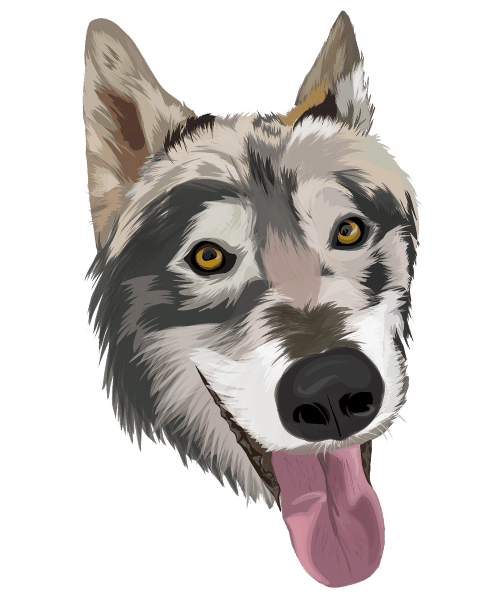
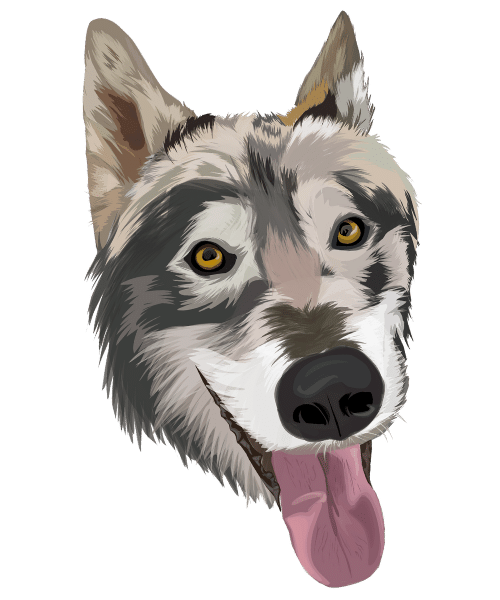
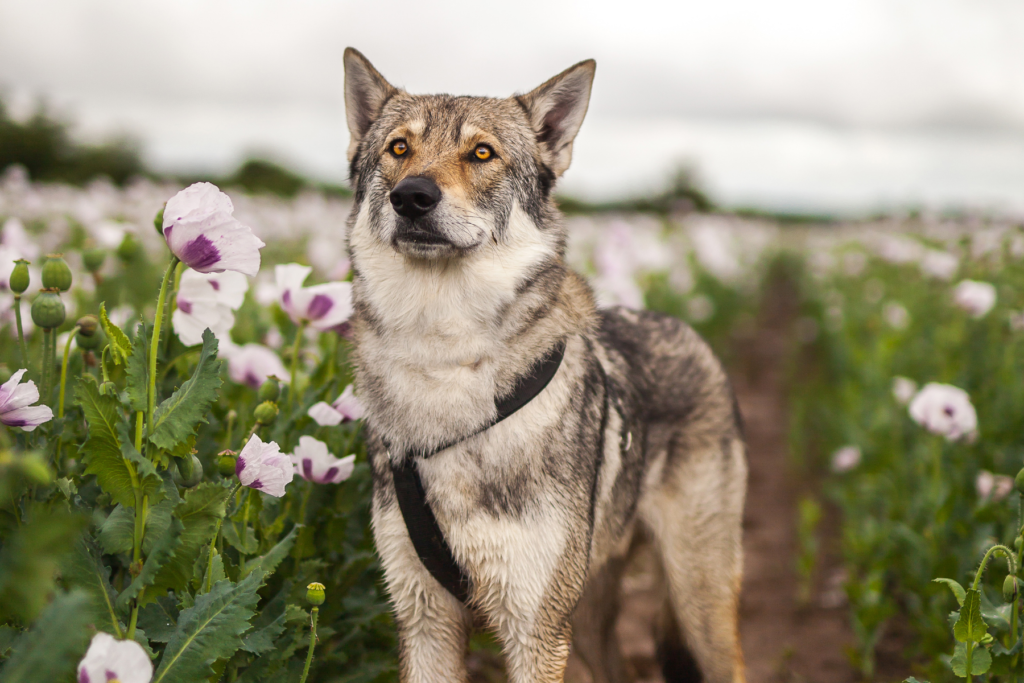
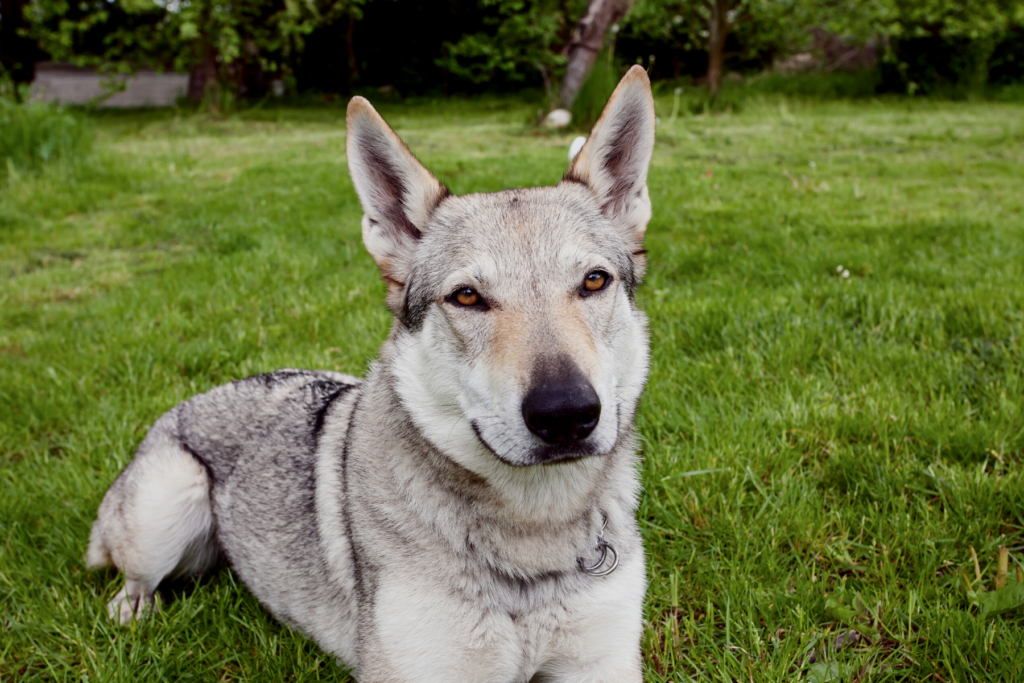
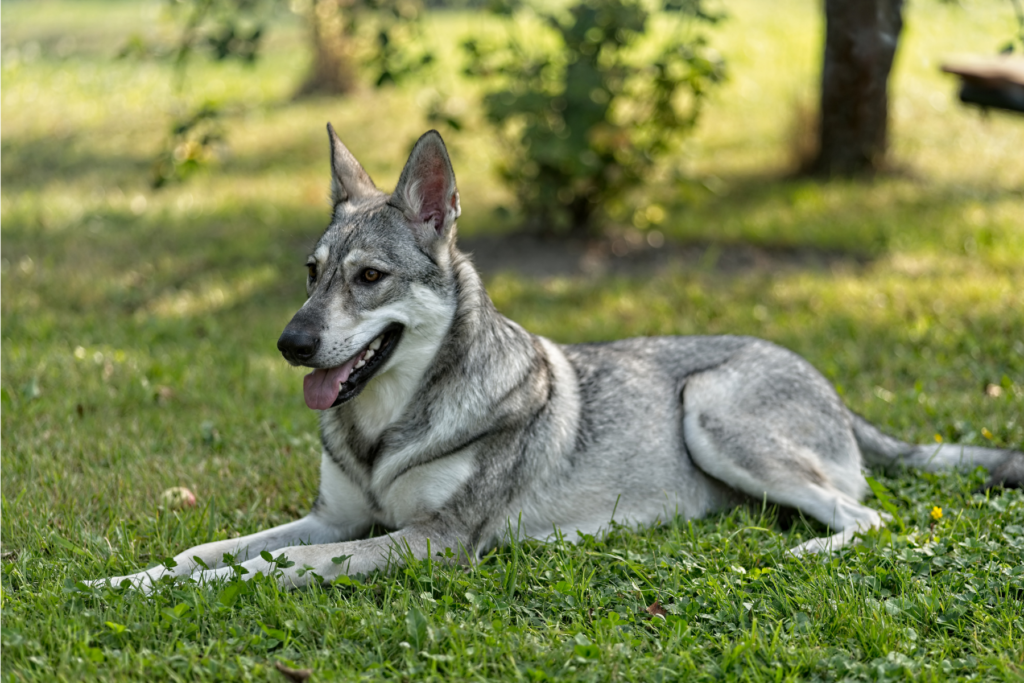
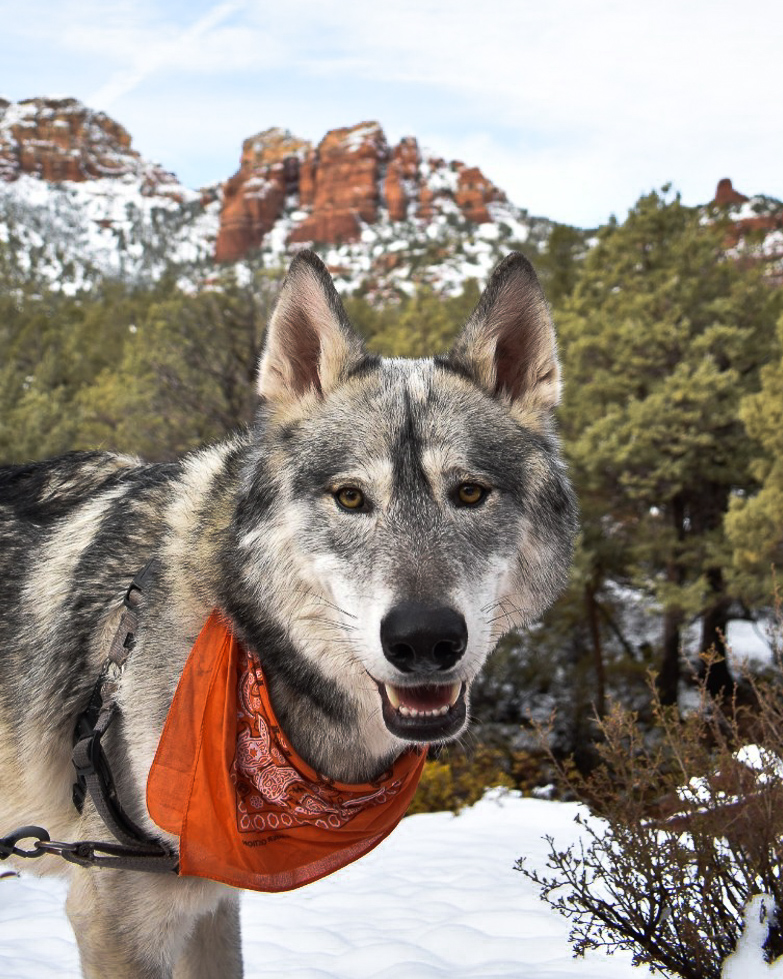
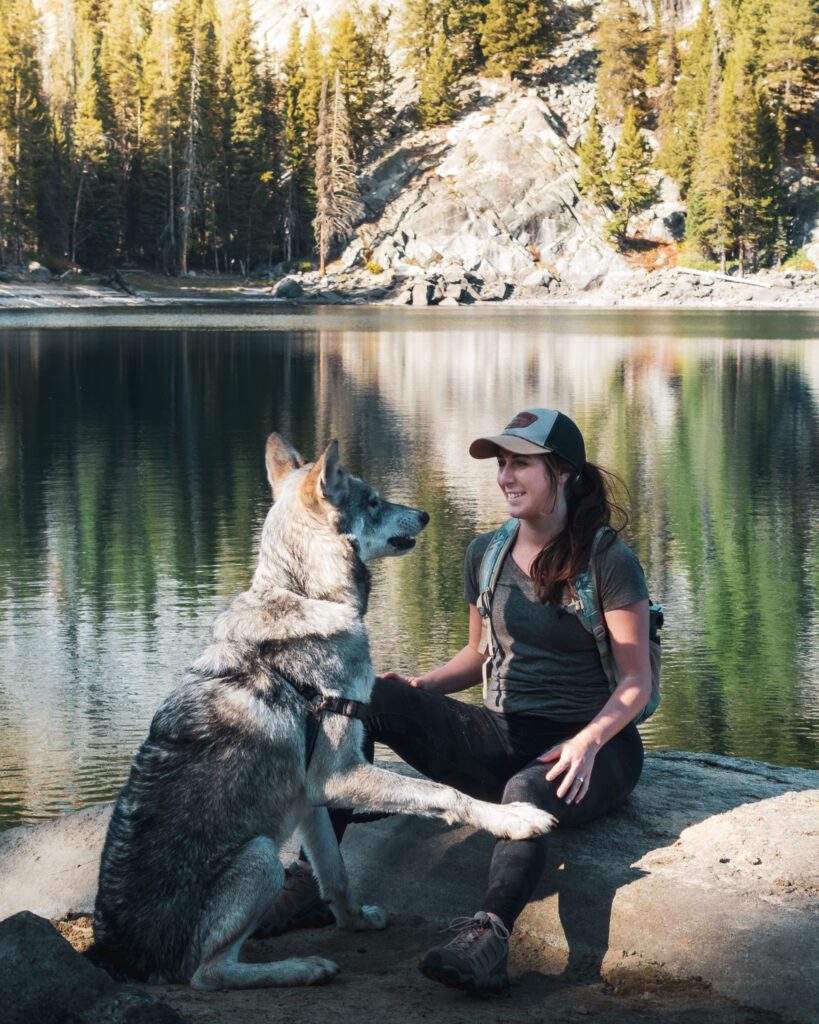
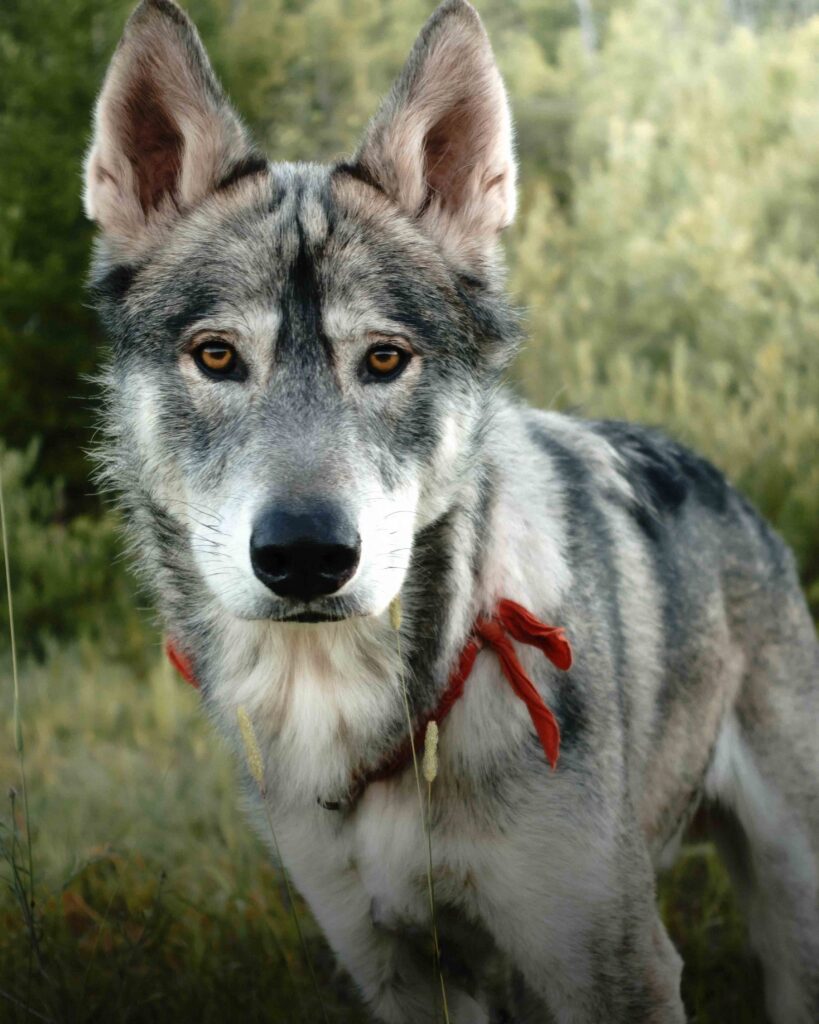

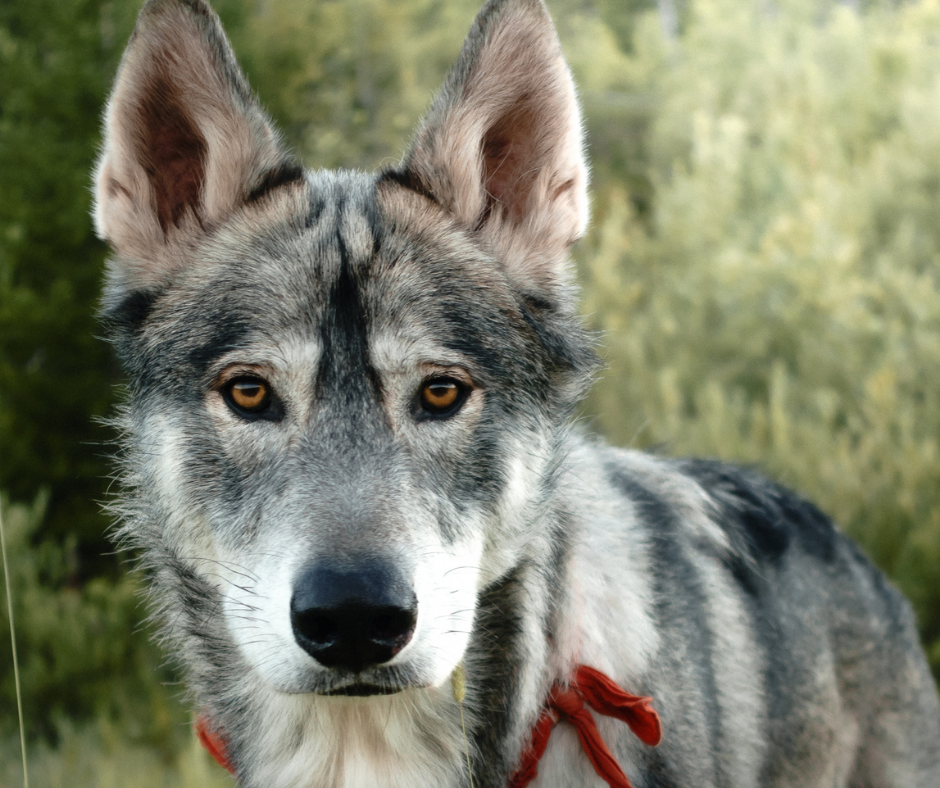
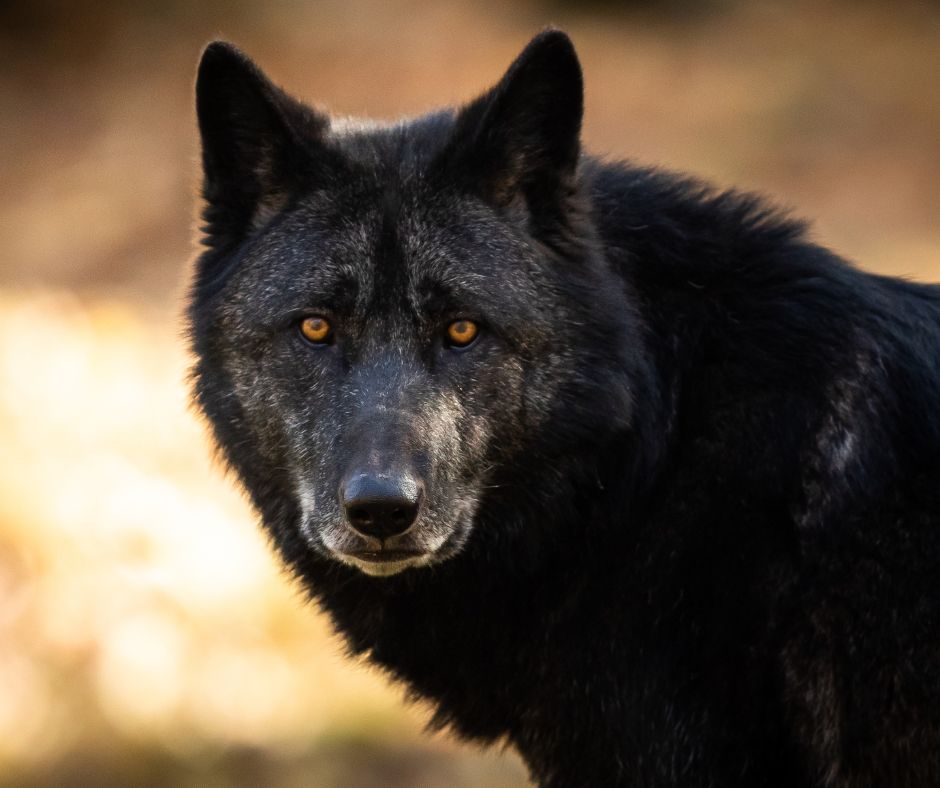

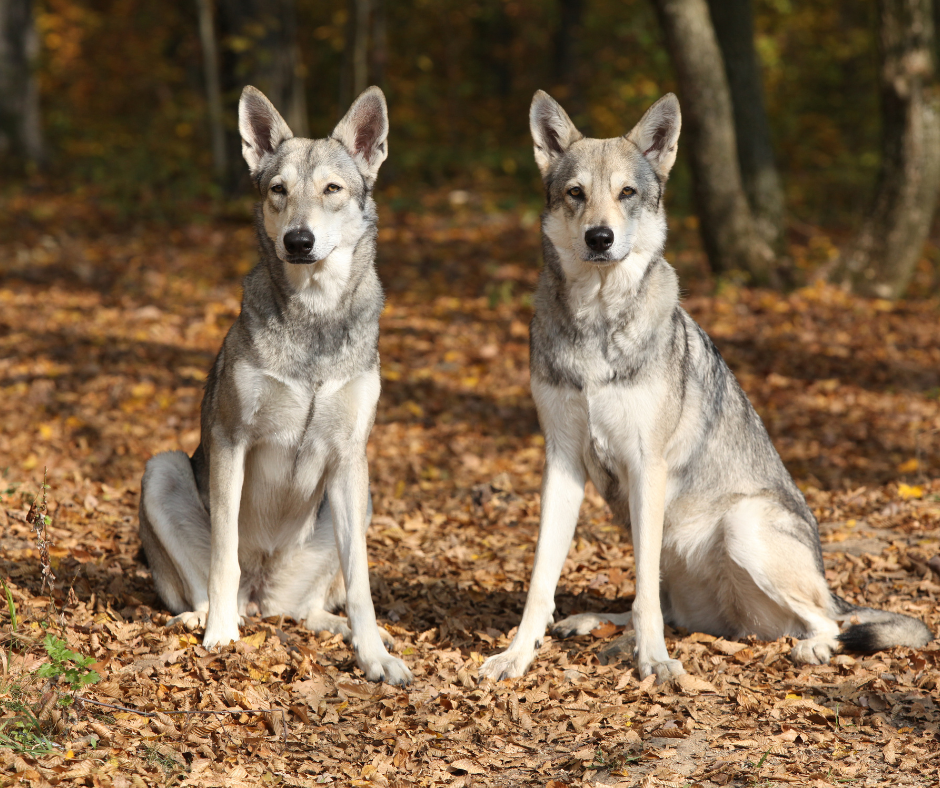
Hello, in a previous test with another dog dna company, my dog tested positive for American Staffordshire Terrier & Chow Chow. The Veterinarian laughed her head off and said the dna test is worthless.
My dog is from North Carolina so I suspect she might have a small amount of Native American Indian Wild Dog, which might be some kind of wolf. She certainly does not look like either a chow chow or a wolf. She is white with spots and floppy ears, 60 pounds, and extremely strong, and stubborn. She looks like a red tick coon hound but with shorter floppy ears like a pointer. It took years to get her to look me in the eyes without me telling her and pointing to my forehead. She is almost 7 years old now. The Vet certified her as a hound mix. Her behaviour is like your description of high-content wolf dog.